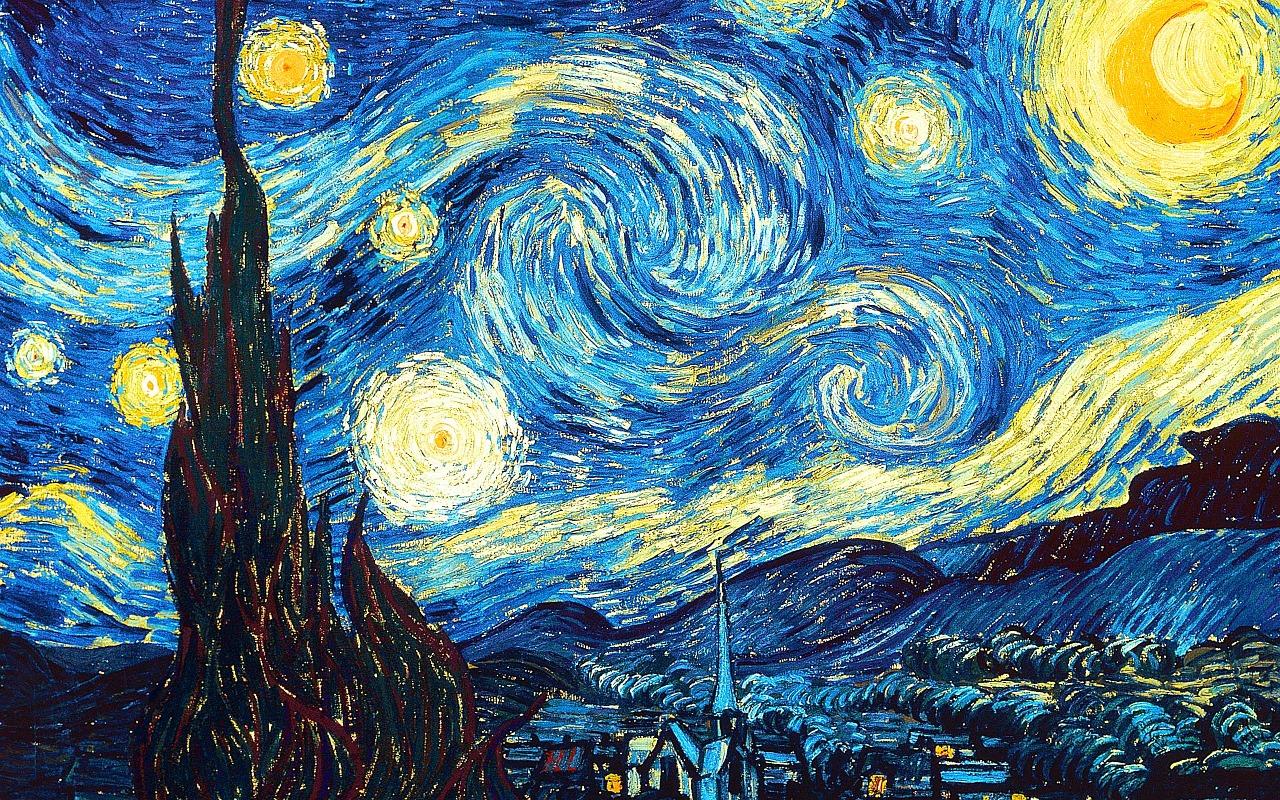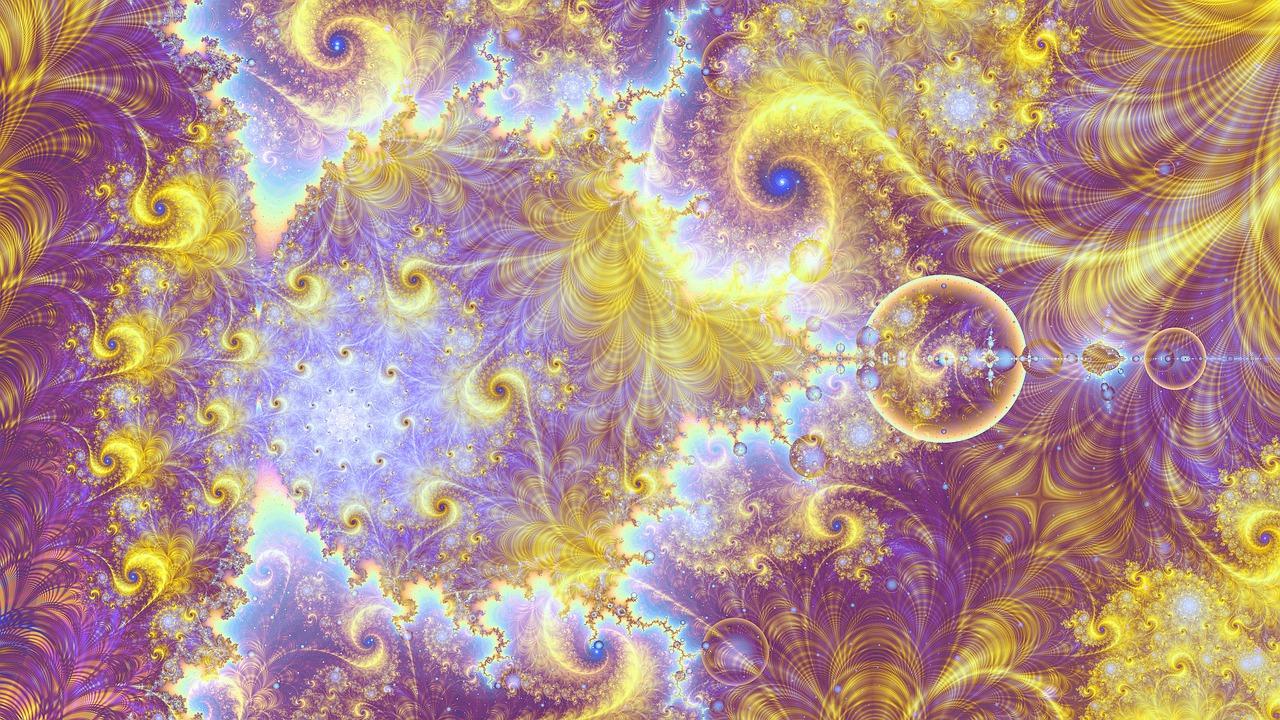Art has the remarkable ability to stir emotions, challenge perceptions, and transport us to different worlds. Among the many elements that contribute to the power of artistic expression, luminosity holds a special place. Luminosity in art refers to the quality and intensity of light, creating an illusion of brightness, radiance, or glow in a visual piece. It heightens the drama, adds depth, and guides our gaze, inviting us to immerse ourselves in the artist’s vision.
In this blog post, we will explore the rich meaning of luminosity in art, its significance in creating captivating visual experiences, and its various techniques and applications. We will also delve into related topics such as space and value in art, uncovering how they intertwine to bring art to life. So, strap in as we embark on an enlightening journey through the luminous realm of artistry!
The Magic of Luminosity in Art
Luminosity, oh what a luminous word! It’s not just something we encounter when we’re lost in an enchanted forest at night, but also a key element that artists use to create mesmerizing masterpieces. So, let’s shine a light on the meaning of luminosity in art and discover its magical allure!
The Spotlight on Luminosity
When we talk about luminosity in art, we’re diving into the realm of light and its radiant qualities. Luminosity refers to the brightness and brilliance of light portrayed within a work of art. It’s like a spotlight on the canvas, drawing our eyes to the play of light and shadow, and creating an ethereal atmosphere that captivates our senses.
The Dance of Light and Dark
Luminosity is all about the interplay between light and dark, like a dance between two enchanting partners. Artists skillfully use contrasts to enhance the luminosity in their work. By juxtaposing areas of intense brightness with deep shadows, they create depth and a sense of three-dimensional magic. Just like a secret dance party happening within a painting, luminosity adds a dynamic energy that demands our attention.
Bringing Life to Flat Surfaces
Think about it: without luminosity, paintings would just be flat pictures on a wall, lacking depth and dimension. But thanks to the magic of luminosity, artists can breathe life into their creations. They use techniques like shading, glazing, and highlighting to imbue their works with an otherworldly glow. It’s like unlocking a secret portal into a realm where light takes on a life of its own!
A Glowing Path to Emotion
Beyond its aesthetic charm, luminosity also serves as a powerful tool for evoking emotions in art. Have you ever gazed at a painting and felt an overwhelming sense of serenity or excitement? That’s the luminosity working its magic! By manipulating light and shadows, artists can create a mood and atmosphere that engulfs us, transporting us to a world of wonder and emotion.
Luminosity: Enlightening Art
In conclusion, luminosity in art is like a ray of sunshine on a cloudy day—its brilliance enhances the beauty of the artwork and draws us into a world of enchantment. By skillfully harnessing the interplay between light and dark, artists create a luminous spectacle that captivates our imagination and stirs our emotions.
Next time you gaze upon a masterpiece, remember the power of luminosity and let it illuminate your artistic journey. Embrace the magic of light, and who knows, you might just find yourself lost in a world of luminous inspiration!
FAQ: What is the Meaning of Luminosity in Art
Luminosity in art is a captivating concept that adds depth, vibrancy, and realism to a piece. It refers to the way light interacts with objects and surfaces, creating variations in brightness and intensity. In this FAQ-style guide, we will delve deeper into the meaning of luminosity in art and explore its significance in different artistic contexts.
What is Luminosity and How Does it Impact Art
Luminosity in art encompasses the brightness and radiance of a scene or object. Artists use various techniques to convey luminosity, such as shading, contrast, and the interplay between light and shadow. By capturing the essence of light, artists bring their subjects to life, sparking emotions and infusing their work with a sense of realism.
What are the Key Elements of Luminosity
Value in Art
Value is a crucial aspect of luminosity. It refers to the range of lightness and darkness in a piece. Artists manipulate value to create depth and dimension, giving objects the illusion of three-dimensionality. By skillfully using highlights and shadows, they can make subjects appear more luminous and lifelike.
Space in Art
Space plays a pivotal role in enhancing luminosity. By effectively utilizing negative space, artists can create a sense of ambiance and atmosphere within their work. Providing an airy backdrop for subjects helps draw focus and accentuate their luminosity. It allows viewers to fully appreciate the interplay between light, shadow, and the objects themselves.
How Can Luminosity be Described in Art
Artists describe luminosity by carefully observing and articulating the interplay of light and shadow within their work. They may use terms such as “brilliant highlights,” “subtle gradients,” or “glowing radiance” to depict the luminous qualities of their piece. By skillfully describing luminosity, artists can effectively convey the visual impact their work intends to have on the viewer.
What are the Different Types of Space in Art
In art, space is a powerful tool that can enhance luminosity. There are five key types of space in art:
-
Positive Space: It refers to the main subjects or objects within a composition. By employing luminosity techniques, artists can make these objects appear more vibrant and radiant.
-
Negative Space: This is the area surrounding the main subjects. Through strategic use of negative space, artists can create a contrast that further emphasizes luminosity.
-
Foreground Space: It is the area closest to the viewer. By illuminating objects in the foreground, artists can capture luminosity and draw attention to specific elements in their work.
-
Background Space: This refers to the area farthest from the viewer. Artists can use luminosity to create a sense of depth and distance within the background, adding realism to their composition.
-
Middle Ground Space: This is the area between the foreground and background. Artists may employ luminosity techniques to establish a visual hierarchy and guide the viewer’s gaze through the artwork.
How Do Graphic Designers Utilize Space
Graphic designers leverage space in various ways to enhance luminosity and create impactful designs:
-
Visual Balance: By carefully managing the distribution of positive and negative space, designers can achieve a harmonious composition that showcases luminosity.
-
Grid Systems: Grids help designers organize elements within a layout. By employing luminosity techniques on specific elements, designers can create a visual flow that guides the viewer’s attention and enhances luminosity.
-
Whitespace: Through the skillful use of whitespace, designers can create a sense of elegance and luminosity. The strategic placement of elements within a larger expanse of whitespace highlights their luminous qualities.
How Can You Use Value in Drawing to Enhance Luminosity
Aspiring artists can use value to enhance luminosity in their drawings by following these tips:
-
Observation: Study how light interacts with objects in real life and try to replicate that in your drawings, capturing highlights and shadows to create a sense of luminosity.
-
Contrast: Experiment with various shades to create a strong contrast between light and dark areas. This will amplify the luminous qualities of your drawing.
-
Layering: Build up layers of value to create depth and convey the sense of glowing light. Gradually add lighter tones to areas that catch more light, and darker tones to areas in shadow.
-
Highlight Placement: Pay attention to where the light source is coming from and place highlights accordingly. This will add to the luminosity and make your drawing appear more realistic.
In conclusion, understanding the meaning and techniques of luminosity in art can greatly enhance an artist’s ability to create captivating and evocative works. By employing a combination of value, space, and other artistic elements, artists can bring their subjects to life and infuse their art with a radiant glow that captivates viewers. Whether you’re an art enthusiast or a budding artist, exploring luminosity opens up a world of creativity and visual delight.
Please note that this article contains general information and is not intended as professional advice or guidance.

